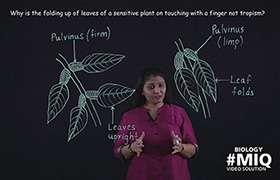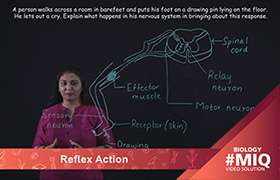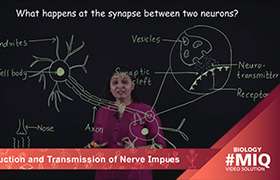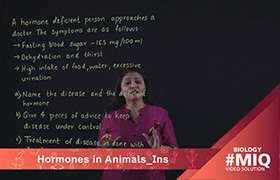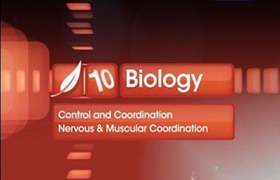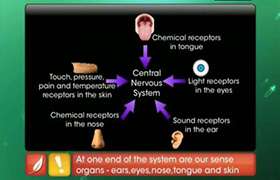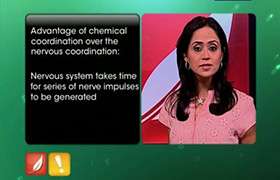CBSE Class 10 Answered
When the nerve impulse reaches a muscle its electrical energy must be made to liberate mechanical energy in muscle contraction. Most of the work on contraction is done with striped muscle, which makes up most of the body's musculature. The muscles are made up of large numbers of cells each of which has one or more connections with a motor nerve ending. The junction between nerve fiber and muscle fiber is known as a motor end plate.
A nerve impulse, arriving at the junction causes the release of acetylcholine which affects the muscle membrane. Ions are allowed to pass in and out in much the same way as in nerve cells and the current set up triggers the contractile mechanism in the muscle fiber. Again the response is "all or nothing". When a single impulse reaches a vertebrate muscle fiber the fiber will contract and then relax. This response is called the muscle twitch. A series of quick impulses will keep the muscle fiber contracted since it will have no time to relax. This prolonged contraction is called a tetanus. Tonic contraction is the term applied to partial contraction of a muscle which can be maintained for a long period. Tetanic contraction of striped muscle requires much energy, but tonic contraction of unstriped muscle can be maintained for long periods without fatigue.

